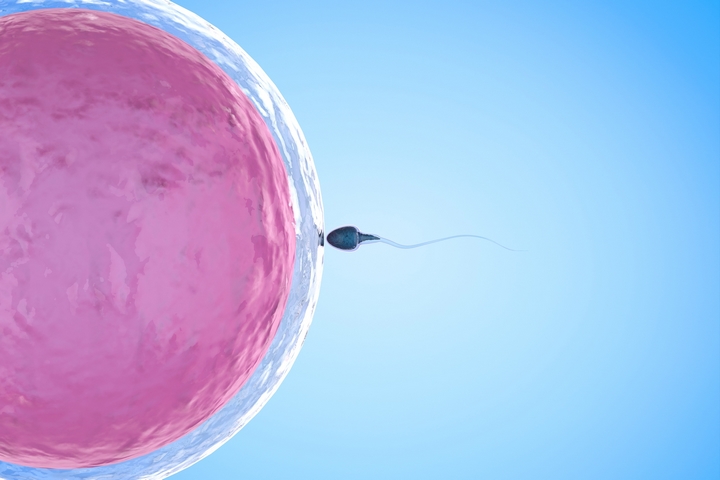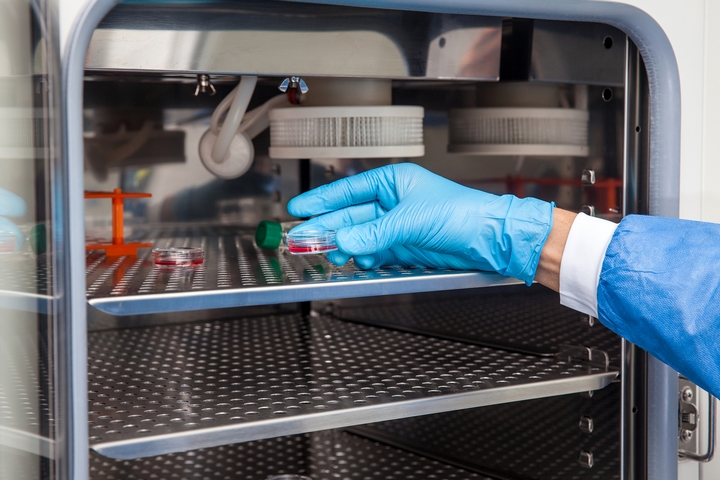
There are far too many couples who simply can’t have a baby on their own. Adoption is a viable option, but waiting lists are very long, especially for newborns. There could be problems with one of the partners in a heterosexual relationship while single women and same sex partners face innumerable hurdles to a successful pregnancy and full-term birth.
Fertility clinics may be able to help with all of these situations. But the first step, especially for male female relationships would be to see a doctor.
1. Visiting a doctor

A gynecologist would likely run a blood test for hormones or ask the woman to record their basal temperature. The husband would have to undergo sperm count and viability testing and a full testing process by a urologist. That could help determine the extent of the problem, and should lead to possible solutions as well. One of those solutions could be to visit a fertility clinic to get more information and inquire about possible interventions and treatments.
2. Visiting a fertility clinic

After the testing has been completed, prospective parents will know whether or not they need outside assistance to help them have a baby. That’s where a fertility clinic may come in. They have a number of procedures that have helped many couples to conceive a child. One of the main ones is called IVF or In Vitro Fertilization. This process and the experts at fertility clinics have helped thousands of families grow and brought new life into them. They often have a number of criteria that they require people to meet before they offer this procedure.
There are a number of ways in which a fertility clinic may be able to help couples who want to get pregnant. They range from counselling and advice to ovarian stimulation and procedures like In Vitro Fertilization.
3. Considering the IVF process

There are some groups of couples and women that could particularly benefit from the IVF process. This includes older couples or where the woman has had one or more miscarriages and couples who have been trying without success to get pregnant for over a year. It is also recommended when the male has a low sperm count or a poor-quality semen analysis and for women over 35 who have been not successful in getting pregnant after trying for six months.
4. Early stages of IVF

At the beginning, after counselling and intake the fertility will recommend a course of action to assist the couple. That first step is surprisingly to put the woman on birth control pills. The reasons for that is because they have found that using birth control pills before a treatment cycle has been shown to greatly increase the chances of success. That starts the process and then the woman is asked to monitor their ovulation and chart their basal body temperature. So that it can be easily identified when their ovulation may be beginning.
5. Ovarian stimulation

After ovulation has begun, the fertility clinic may move to stimulate its development by giving the woman one to four shots of the stimulant every day for about a week to ten days. These fertility drugs can be safely self-injected and the patient’s doctor can monitor the growth and development of follicles during this period and start looking for the initial development of eggs in the ovaries.
6. The next phase

After the eggs have grown to a suitable stage, they are triggered to develop into the next stage by injecting them with human chorionic gonadotropin (hCG). If the timing is right and the eggs have properly matured, they will fertilize properly. This will be closely monitored and as the follicles grow they are given another injection. Once that final injection has been completed the baby should start growing inside the womb and everyone can get ready for the blessed day to come.
